
Ingredient
Horseradish sauce
The Fiery Elixir: Unleashing the Heat of Horseradish
Horseradish sauce is made from the grated root of the horseradish plant, mixed with vinegar and sometimes other ingredients like mustard or mayonnaise. It has a strong, pungent aroma and a sharp, spicy flavor that can clear sinuses and awaken the taste buds. The sauce has a creamy texture with a slightly grainy consistency due to the grated root. Its appearance is off-white to pale yellow, depending on the additional ingredients used.
Origins and history
Horseradish, a member of the Brassicaceae family, is native to Eastern Europe and Western Asia. It has been cultivated for centuries and was used in ancient times for medicinal purposes. Horseradish sauce gained popularity in the 17th century in England and has since become a staple condiment in many cuisines around the world. It is particularly associated with Jewish cuisine, where it is commonly served with gefilte fish or brisket during Passover.
Nutritional information
Horseradish sauce is low in calories and fat, making it a suitable choice for those watching their weight. It is also a good source of vitamin C and contains trace amounts of minerals like calcium and potassium.
Allergens
Horseradish sauce may contain allergens such as mustard or eggs, depending on the recipe or brand. Individuals with mustard or egg allergies should check the label or prepare homemade versions to ensure allergen-free consumption.
How to select
When selecting horseradish sauce, opt for reputable brands or make it fresh at home for the best quality. Look for sauces with a creamy consistency and a strong, pungent aroma. Avoid any sauces that appear discolored or have an off smell.
Storage recommendations
To maintain the freshness and quality of horseradish sauce, store it in a tightly sealed container in the refrigerator. Homemade sauces can last for up to 2 weeks, while commercially prepared ones may have a longer shelf life. Ensure the sauce is not exposed to air, as it can cause discoloration and loss of flavor.
How to produce
Horseradish plants can be grown in home gardens by planting root cuttings in well-drained soil. They require regular watering and can be harvested after one year of growth. To make horseradish sauce, grate the fresh root and mix it with vinegar, salt, and other desired ingredients.
Preparation tips
Horseradish sauce is commonly used as a condiment for roast beef, sandwiches, and seafood dishes. It can also be mixed with mayonnaise or sour cream to create a creamy dip for vegetables or as a spread for burgers and wraps. Additionally, it is a popular accompaniment to traditional Jewish dishes like gefilte fish and latkes.
Substitutions
Horseradish sauce is widely available in grocery stores and supermarkets, both in jars and as part of prepared deli items. It can also be made at home using fresh horseradish root and other readily available ingredients.
Availability
Horseradish sauce is commonly available throughout the year.
More ingredients from this category
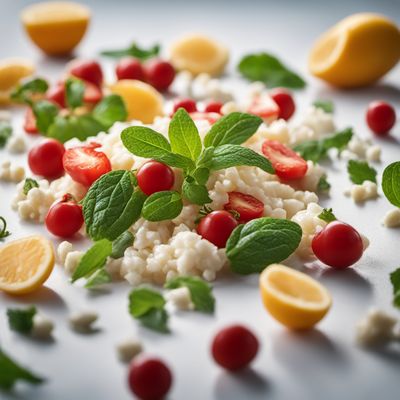
Tzatziki
Cool and Creamy: Discovering the Refreshing Delights of Tzatziki
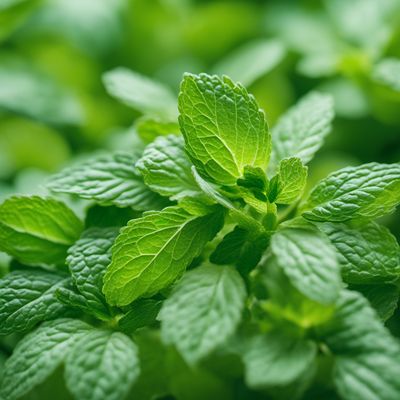
Mint sauce
"Refreshing Twist: Exploring the Delights of Mint Sauce"

Tabasco sauce
"Fiery Elixir: Unleashing the Bold Flavors of Tabasco Sauce"

Curry sauce
The Aromatic Blend of Spices
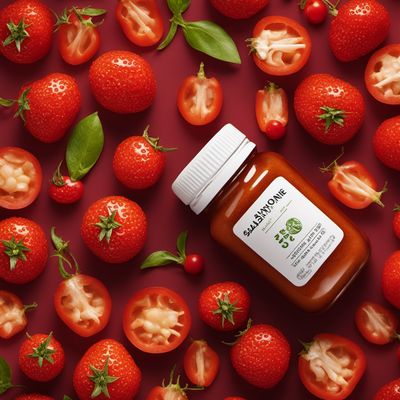
Salsa
The Zesty Dip

Herbs, vegetables and oil sauces
The Essence of Freshness and Flavor
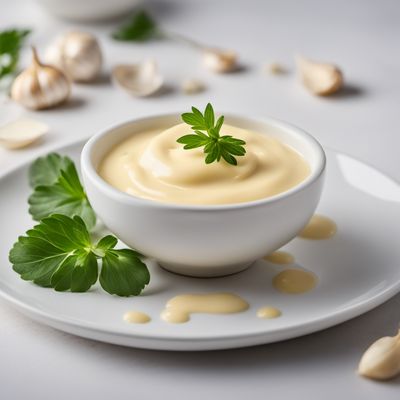
Aioli or garlic sauce
The Creamy Delight: Aioli or Garlic Sauce
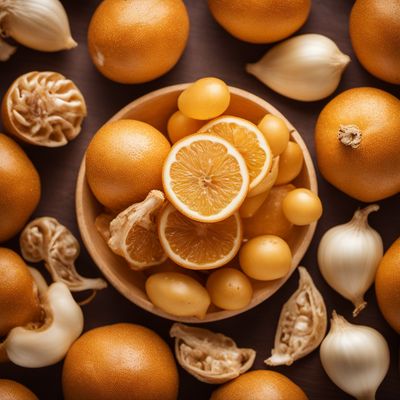
Pesto
The Green Elixir
Recipes using Horseradish sauce » Browse all

Latvian-style Ceviche
Baltic Sea Delight: Latvian-inspired Ceviche

Bavarian-style Carne Asada Tacos
Bavarian Fiesta Tacos: A Fusion of Mexican and Bavarian Flavors

Menchi Katsu with Tangy Tonkatsu Sauce
Savory Beef Cutlets with a Zesty Japanese Twist
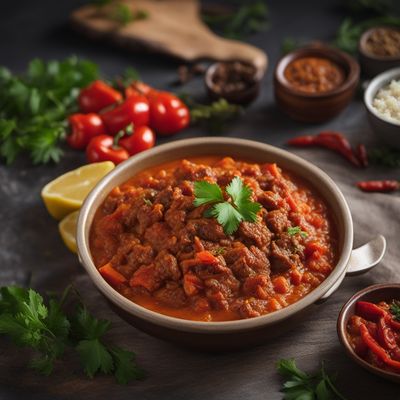
Tunisian-inspired Spezzatino
Harissa-infused Spezzatino: A Tunisian Twist on Italian Comfort Food

Bavarian Sushi
Bavarian Delight: A Fusion of Japanese Sushi and Bavarian Cuisine

Smoky and Succulent BBQ Burnt Ends
"Fire-Kissed Delights: BBQ Burnt Ends that Melt in Your Mouth"

Moroccan-style Lasagne
Spiced Layers of Delight: Moroccan Lasagne
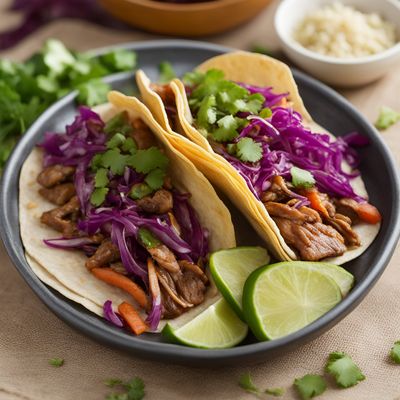
Moo Shu Pork Tacos
Savory and Tangy Moo Shu Pork Tacos: A Fusion of Chinese and North American Flavors

Ivorian-inspired Pork Panini with Mustard and Horseradish
Savory and Spicy Pork Panini with a West African Twist

Croatian-style Bibimbap
A Croatian Twist on the Classic Bibimbap

Tunisian-Inspired Spiced Rice with Lamb
Harissa-Spiced Lamb and Fragrant Rice Delight

Latin American Style Barbecue Ribs
Sabor Ahumado: Latin American Barbecue Ribs